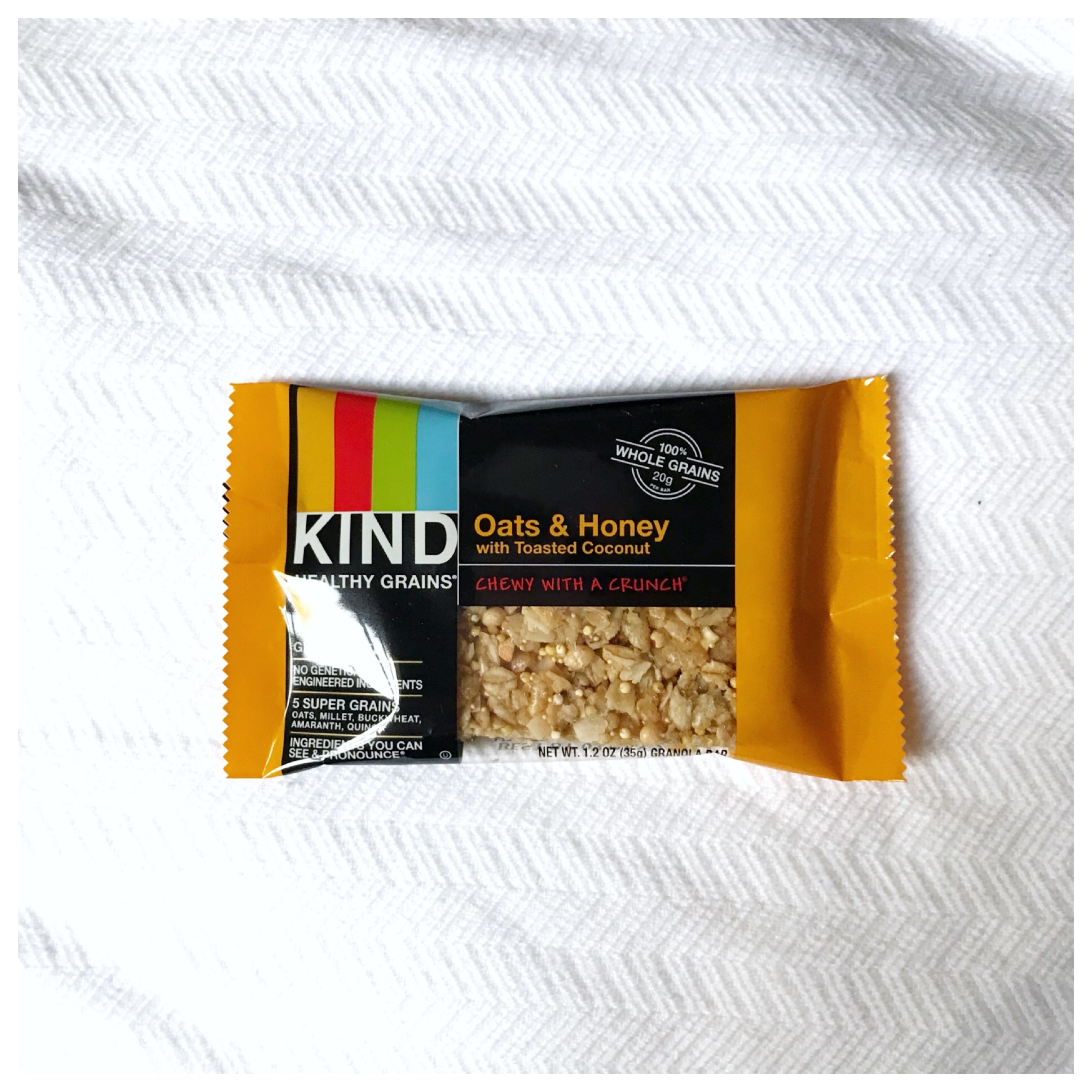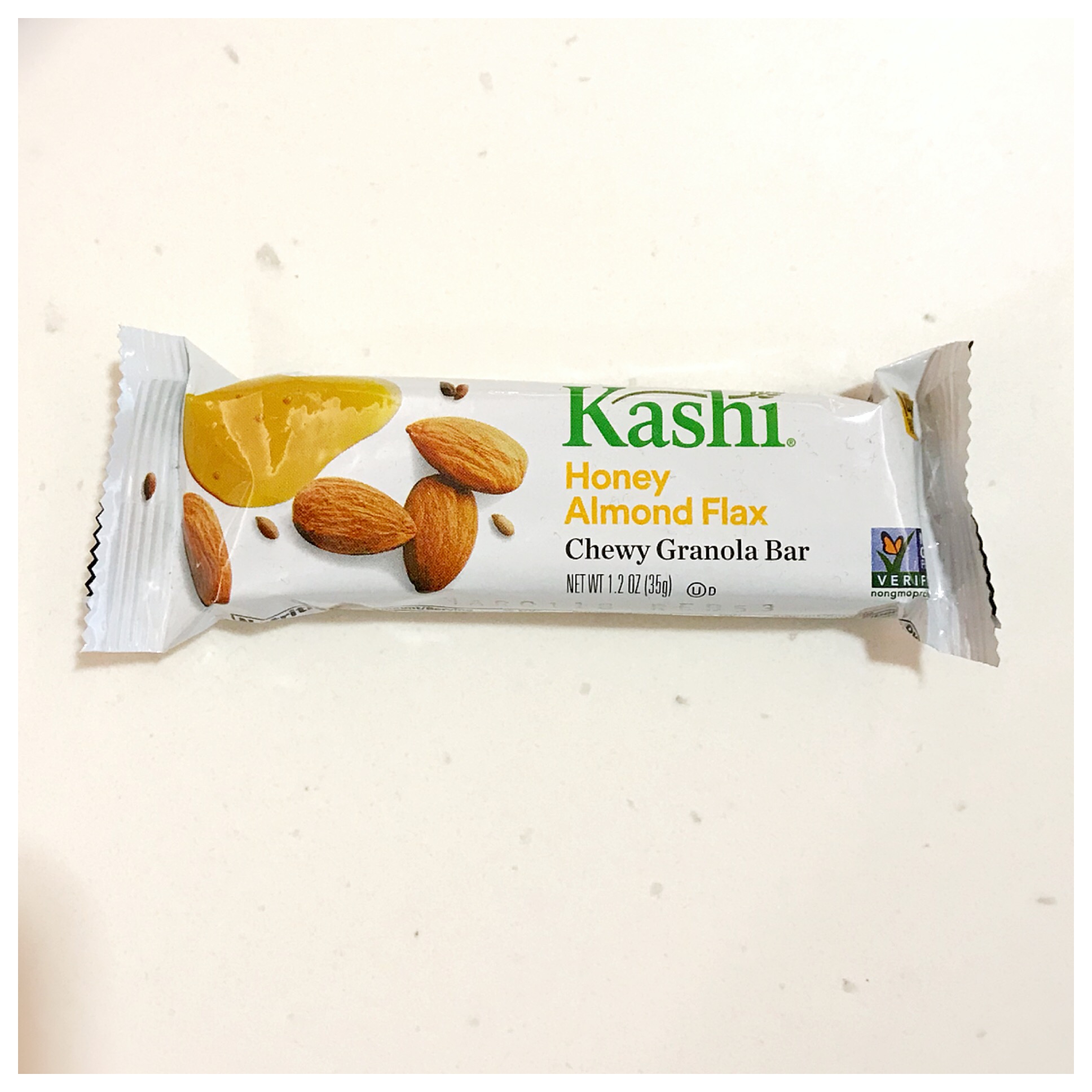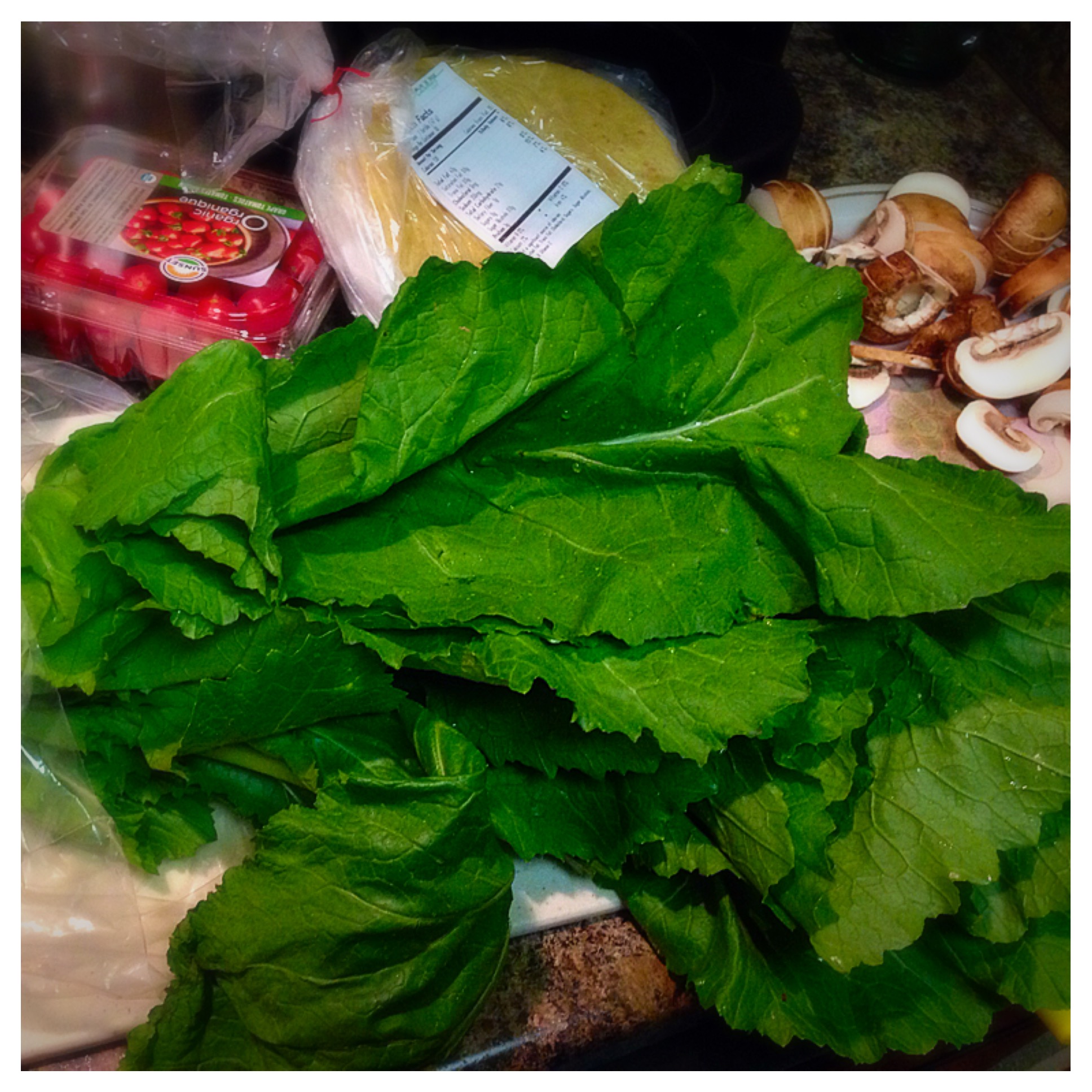Hi and Happy New Year! While perusing through my different posts and articles over the Christmas holiday, I realized that I have not devoted one solid post to MY story and WHY I actually went into nutrition and dietetics. I tell my story in the beginning of every new talk or presentation I give and, while I’ve provided a small blip of my story in my “About” page of this site, I realized I have not shared my story in detail with you, my readers. So, today’s post is not a new yummy recipe or fact on sports nutrition. It is a post dedicated to helping you get to know me and the story behind what fuels my passion for sports nutrition and wellness. Every dietitian has his or her own story of why he or she decided to study nutrition. Maybe it was a culinary interest or a sick family member that needed a feeding tube or a desire for research or being a collegiate athlete. The potential reasons are numerous. My story, however started back in high school.
As most of you who follow along with me regularly know by now, I was an athlete growing up. My mom took me ice skating at about 6 years old and I completely fell in love with the sport. I can still remember a few days in the first grade waiting for school to be over because mom was picking me up and we were going ice skating that afternoon. I can feel the excitement that I felt at the age of six and seven like it was yesterday. Ha! I also remember how badly I wanted my first pair of ice skates. Every night I would wish that there would be a pair of ice skates at the end of my bed when I woke up the next morning. I know, I was quite the optimist. I tell you this to give you a clearer idea of my enthusiasm for this sport. As I got older I (a) finally did get my own pair of skates and then (b) started training consistently before and after school and on Saturday mornings. In the 8th grade I began going away to training camps in the summer. For six summers I packed my suitcases and headed to Indianapolis where I trained for about six weeks, each almost 7-hour day filled with freestyles, jump and spin classes, off ice conditioning, on ice conditioning, ballet, choreography and more.
In the 7th grade I decided I wanted to participate in a school sport which led me to join our cross country team. Cross country being the only school sport that I could do that would work with my skating. I joined the cross country team to be with friends but I quickly started to love running as well. As the years went on and I got into high school, I found myself competitively participating in, not only figure skating, but running as well.
I would say that I was a dedicated athlete. I wanted to get better, learn new techniques, improve my times and be the best that I could be. So, I showed up to practice, I did what my coaches asked, and made the grades in school, and, for a while that worked… until the day that it didn’t. I reached a point in the beginning of high school where I felt like I stopped improving. I practiced my hardest but my times were not improving in running and I wasn’t mastering more difficult elements in my skating. I tried to figure out what I needed to do to get over the hurdle and, as I started to focus on this, two things happened that made me realize my missing link…
The first event was a skating competition where I competed around 12:30 pm. I had an early morning practice and so breakfast was easy, but as my skate time approached, breakfast was a distant memory and I couldn’t figure out how to navigate the lunch meal. I had morning competitions down. I knew what to have for dinner the night before and what to eat for breakfast that morning to support a short but intense 3 to 4 minute program. What I did not have a clear understanding of, however, was fueling for a 12:30 skate. I wasn’t sure where to place lunch and so I came to the conclusion that it was either (a) go ahead and eat lunch and risk it not being digested before I performed or (b) skip it all together and eat a late lunch after my skate. I chose (b) skipping lunch, but as soon as I went into my first jump of the performance I knew I had made the wrong decision. That was the longest program ever. I couldn’t keep my feet under me to save my life! I fell everywhere. Nerves seemed to magnify my low blood sugar and as soon as I got off the ice I promised myself I would always eat something before I performed. I’m not saying every performance was perfect after that, but if I did have a bad skate, it was not because of my low blood sugar.
The second big “Aha” moment was in my running. There was a day where I ate the chicken fingers and fries for lunch and then went to cross country practice about 2 and a half hours later. I am super competitive by nature and so even practices were 100% for me. I really never walked unless that was what we were supposed to be doing. I always ran my hardest. However, this particular day I did not. The chicken fingers and fries caught up with me and, feeling extremely nauseated, I walked what felt like the entire course. After that practice I vowed, “no more fried food at lunch before runs”.
I also realized during this time that, for the most part, even though I ate fried food and sweets and pretty much all foods, I was eating too little. At many times, I think I worried about eating too much. I was in two aesthetic sports that valued leanness and often times I think I was educated more so on what not to eat than I was educated on what to eat for strong bones, muscles, practices and performances. I don’t recall ever being educated on the dangers of eating too little. Although, my parents did always make me eat something or drink a little breakfast shake before my 5:45 morning practices. That was always non-negotiable.
All of these discoveries combined along with finally landing my double axel in high school made me realize that my missing link was my nutrition. I realized the value of showing up to practices with strength, energy and power and the necessity of food to give me that strength, energy and power. I didn’t have a dietitian to turn to. I didn’t even know what a dietitian was. So, I started playing around with my meals and snacks on my own. I brought different things for lunch and tried different snacks at different times of day. I finally figured out what meals and snacks worked best for me to be energized and fueled but not full or weighed down for my early morning and afternoon runs and skates.
It was eye opening for me to see the difference in my skating and running when I ate consistently and ate certain foods throughout the day. Previously I had done whatever I wanted and most often, as I mentioned earlier, probably had not eaten enough. As I paid attention to and changed up my food and nutrition my skating got stronger, I started landing harder jumps and my running times got faster. Seeing and feeling the impact of food on my athletic performance is what peaked my interest for nutrition and led me to study nutrition in college and grad school, eventually making it my career. I was certainly faced with opposition as people told me being a sports dietitian was a one in a million chance and that I shouldn’t choose that path if sports is what I wanted to do. However, I’m so glad I chose it anyway. While I certainly enjoy my work in wellness, at the heart of it all, I picked the nutrition field so that I could help young athletes understand food and nutrition, build a healthy relationship with food and nutrition and understand how to use it to be stronger, sharper, more competitive, and injury - free athletes. Actually, being an athlete is probably what most shaped my relationship with food and later spurred my interest in and enthusiasm for wellness. I think about what I might have accomplished in my running and especially my skating had I figured the whole food thing out sooner.
There is more to my story woven throughout here that further inspired and continues to inspire me to work with athletes, but those stories are for another time and another post. This one is long enough :) My goal in my practice, my programs, my presentations and my blog posts are to help athletes, both adult athletes and young athletes, understand and build a healthy relationship with food in relation to their sport. I learned so much about food by being an athlete. Being an athlete helped me view food in a positive light, as the best source of fuel for the body, and it is what has shaped my overall food and wellness philosophy that I practice today.
I hope that I can help athletes and even non-athletes understand food as well and see it in just as positive of a light. My goal this year is to not only help you understand nutrition, but also help you see how to put these nutrition principles into easy tangible practice, by showing you easy meal planning techniques, simple recipes and versatile meals idea. Stay tuned in posts to come!
Happy Fueling!
Taylor




























